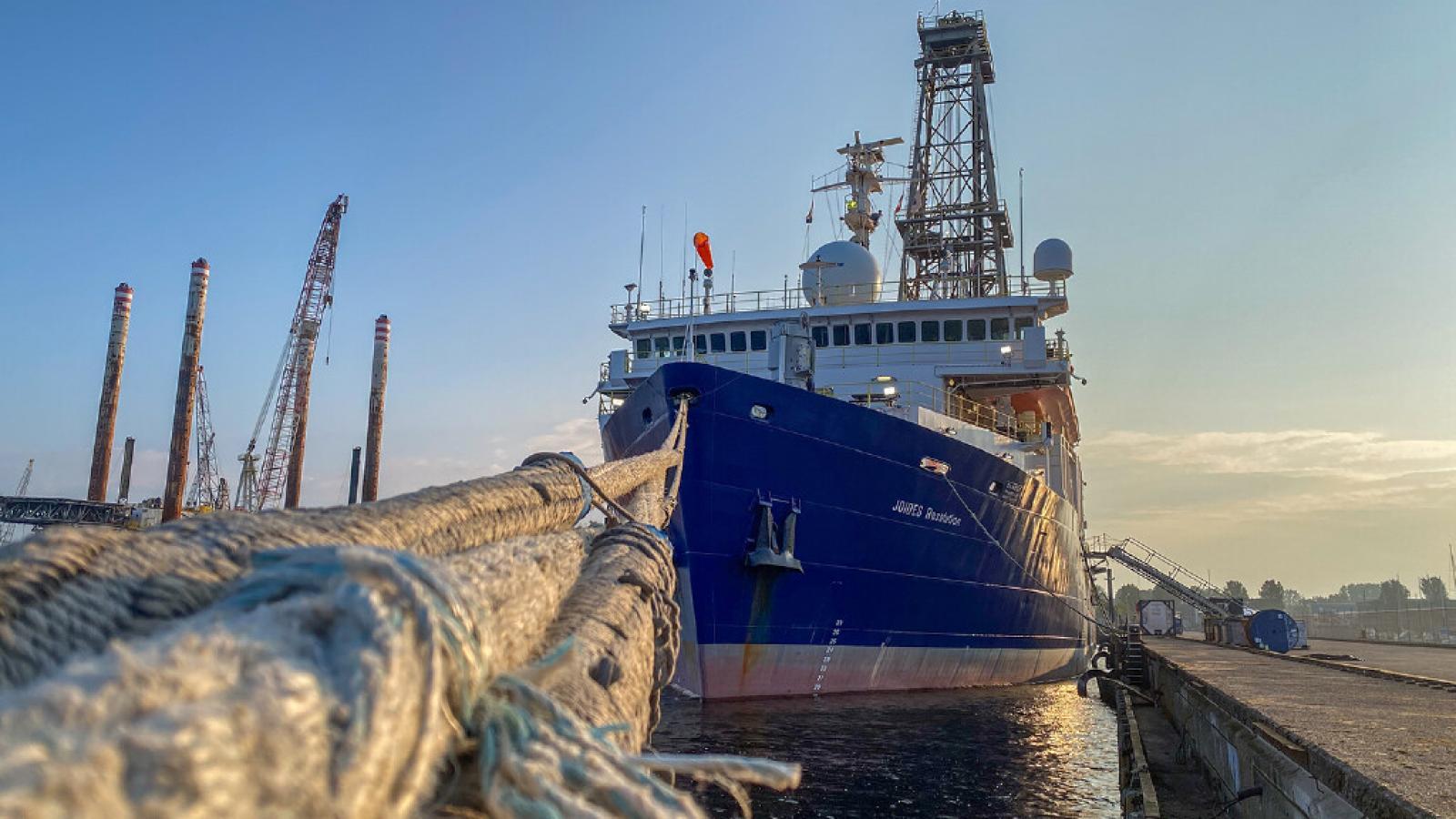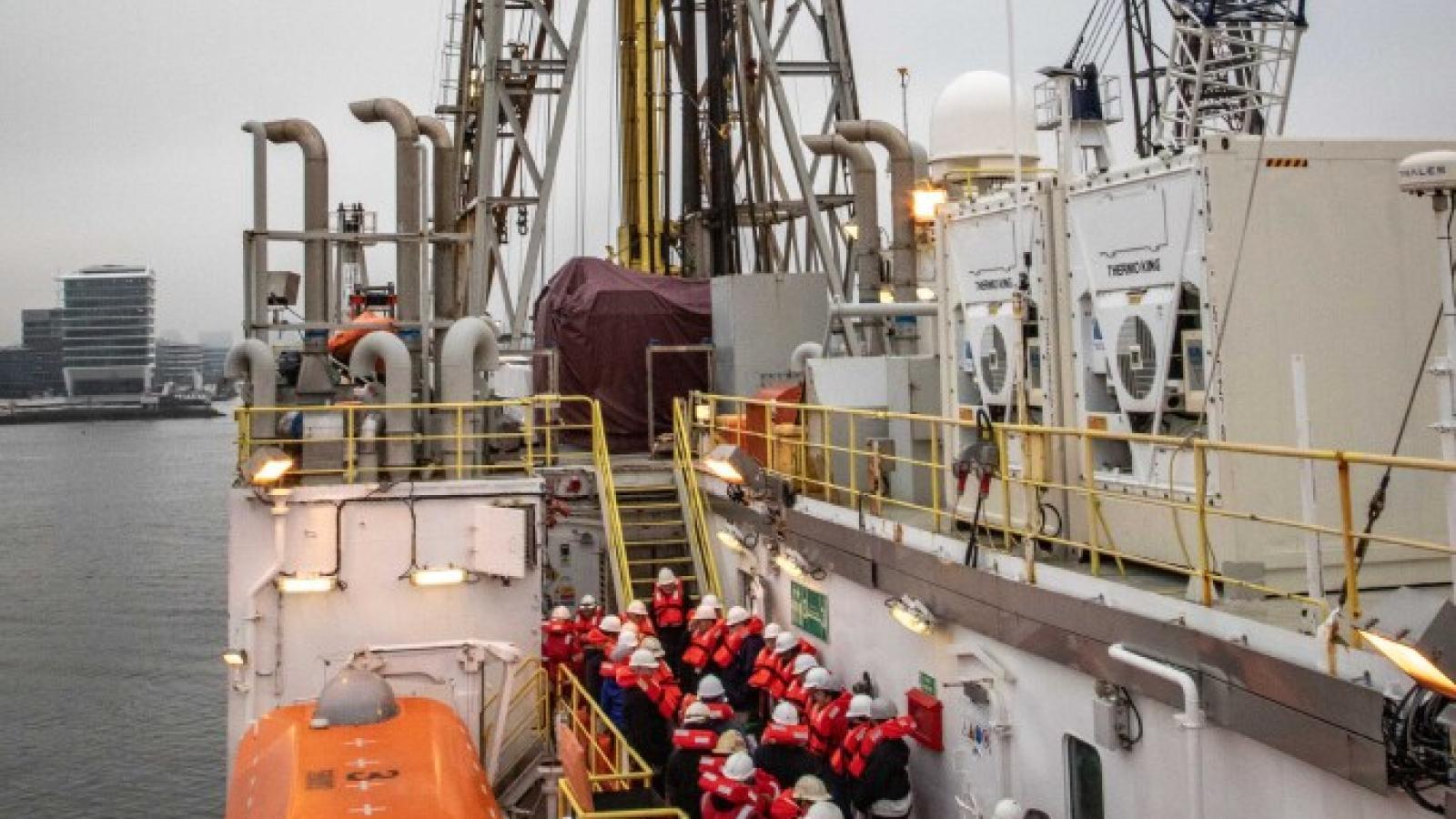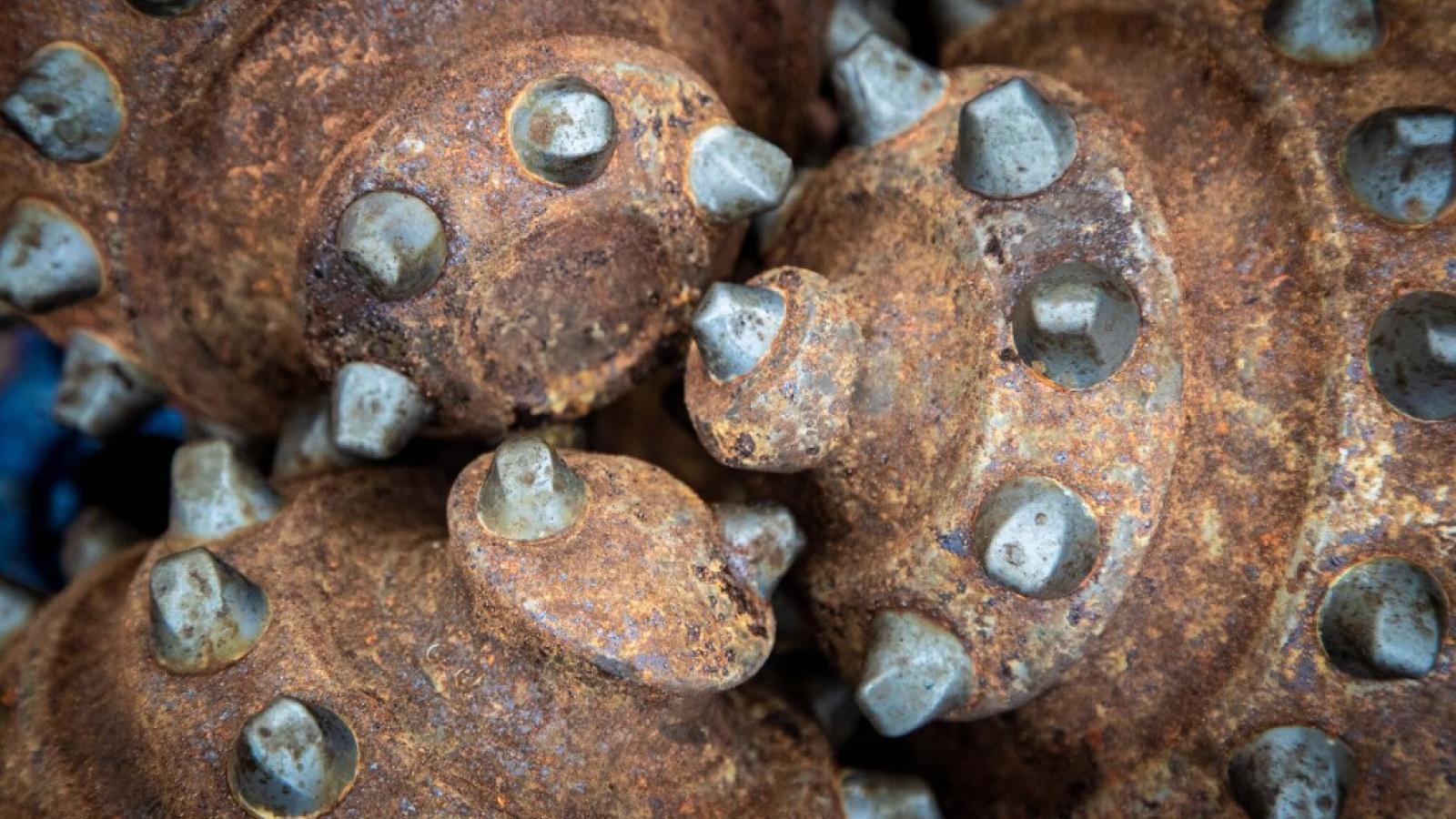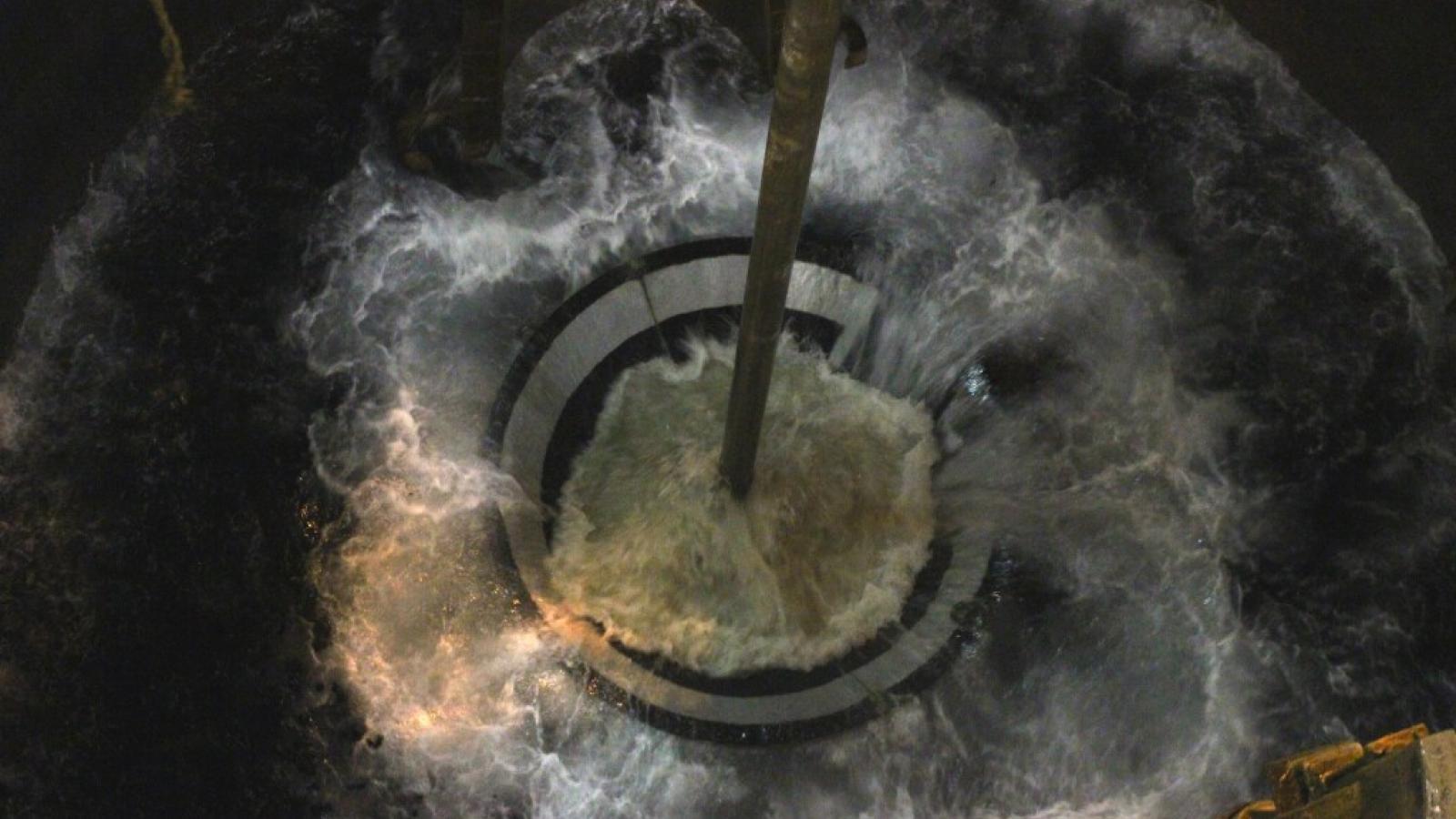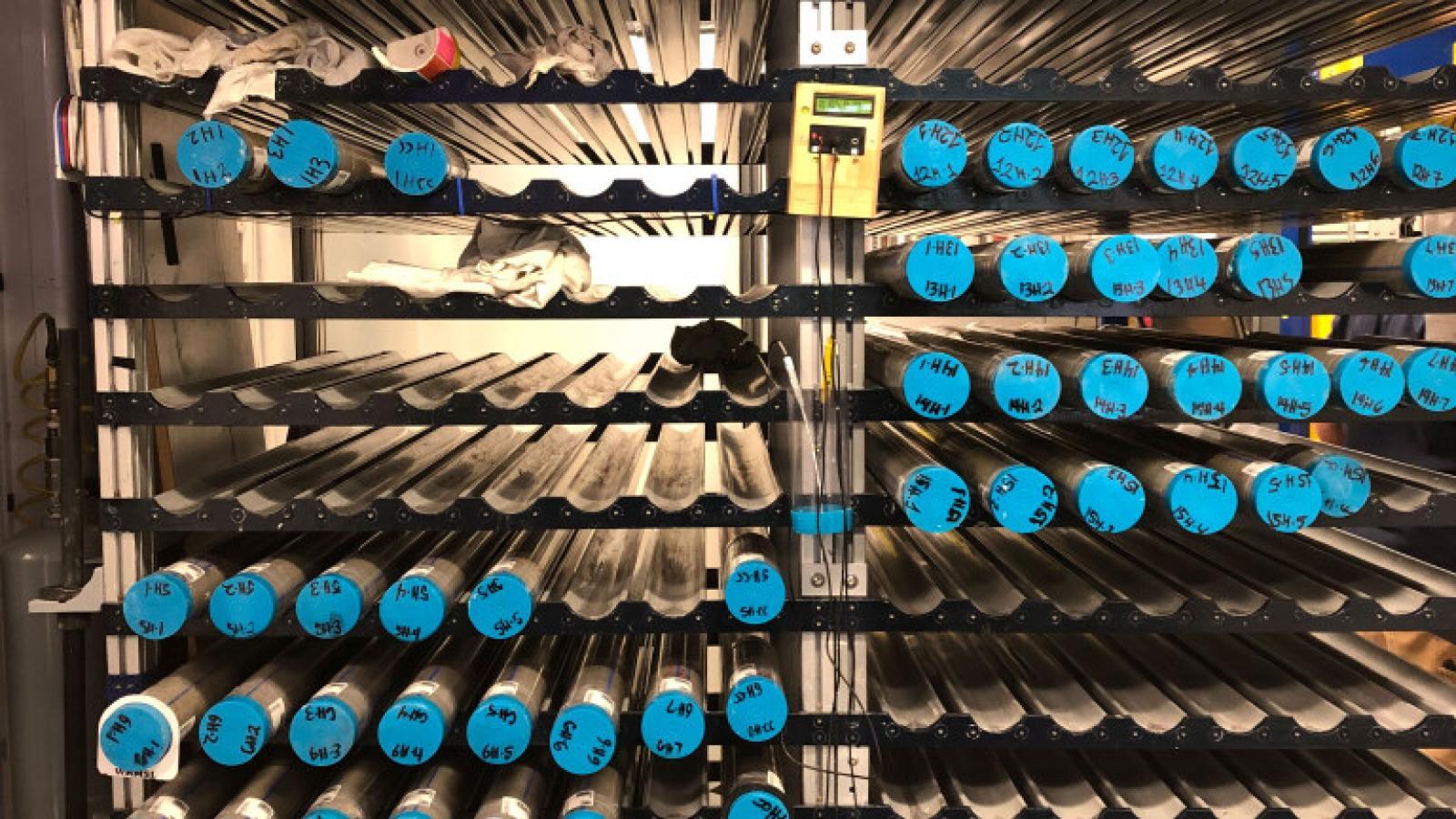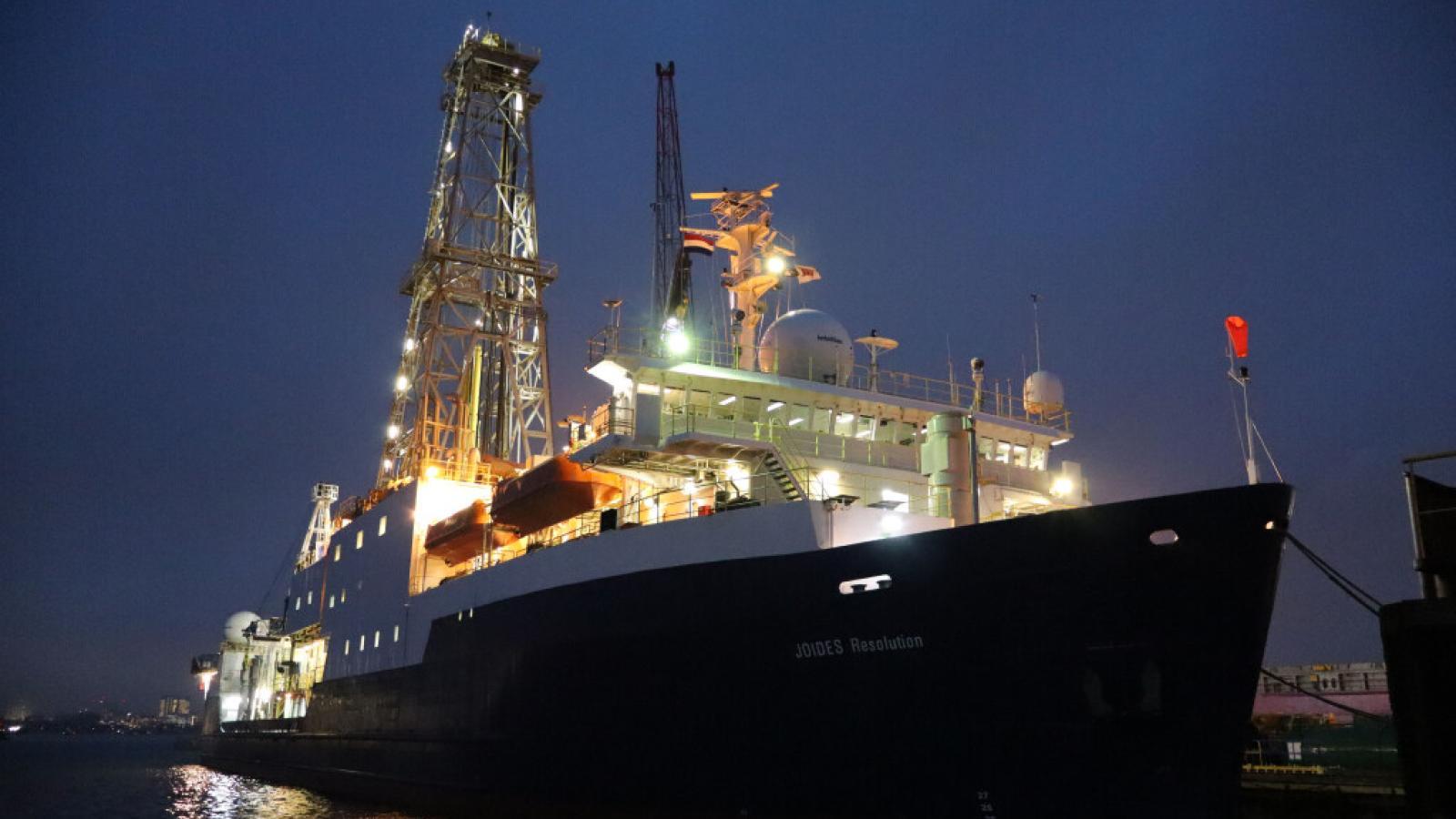The End of an Era: The JOIDES Resolution Embarks on Its Final Expedition
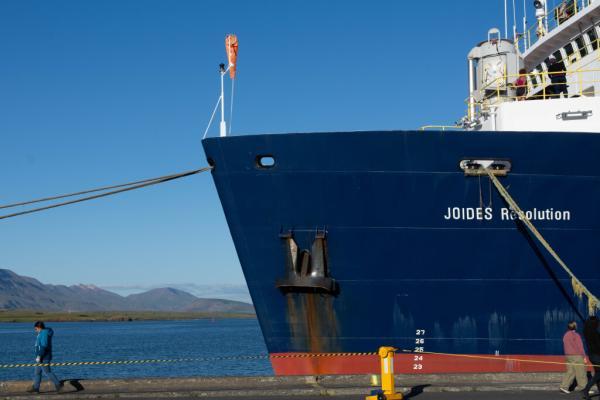
ORIGINALLY POSTED BY BYRD POLAR AND CLIMATE RESEARCH CENTER
The scientific community is bidding farewell to the JOIDES Resolution, a storied ocean drilling vessel that has significantly advanced our understanding of Earth's geological and climatic history.
Scientific ocean drilling began in the late 1950s through the mid-1960s with Project MOHOLE, which primarily served as a proof-of-concept that drilling into the seafloor was feasible from an unanchored platform.
The field advanced significantly with the Deep Sea Drilling Project (DSDP), which utilized the purpose-built GLOMAR Challenger from 1968 to 1983. During the DSDP, scientific ocean drilling became an international endeavor and has remained so ever since.
The Ocean Drilling Program (ODP) commenced in 1983 with a more advanced vessel, the JOIDES Resolution, which has continued to be the "workhorse" of scientific ocean drilling until now.
The Integrated Ocean Drilling Program (IODP1, 2003-2013) and the International Ocean Discovery Program (IODP2, 2013-2024) employed a multipronged approach using three different types of drilling platforms; however, political and economic constraints limited the use of platforms other than the JOIDES Resolution (JR). As a result, the JR conducted ~75% of the drilling expeditions during IODP1 and IODP2.
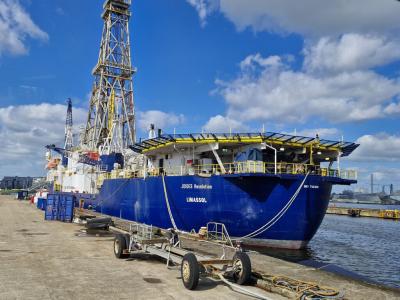
After nearly four decades of service, the National Science Foundation (NSF) announced its decision not to extend the Cooperative Agreement with JOIDES Resolution Science Operator (JRSO) at Texas A&M University, which had been leasing the JR and funding its operations, signaling the JR's final expedition of IODP2 in 2024.
The JR's final mission, Expedition 403 - Eastern Fram Strait Paleo-Archive, which is currently underway -- began on June 4 and will end on August 2, 2024, navigating from Amsterdam to Fram Strait, a passage between Greenland and Svalbard. Over two months, scientists on board plan to extract seafloor sediment cores from six sites. These cores, representing sediments deposited over the past five million years, are expected to provide detailed insights into the effects of climate change on Arctic glaciations and sea ice distributions.
For many researchers, the JR has been more than just a vessel; it has been a life-changing platform for exploration and discovery. Adding to this legacy is Professor Kristen St. John from the Department of Geology & Environmental Science at James Madison University in Harrisonburg, VA. St. John now serves as one of the co-chief scientists of Expedition 403. During her time as a Ph.D. student at The Ohio State University's School of Earth Sciences, she worked on sediments cored off southeast Greenland during the ODP.
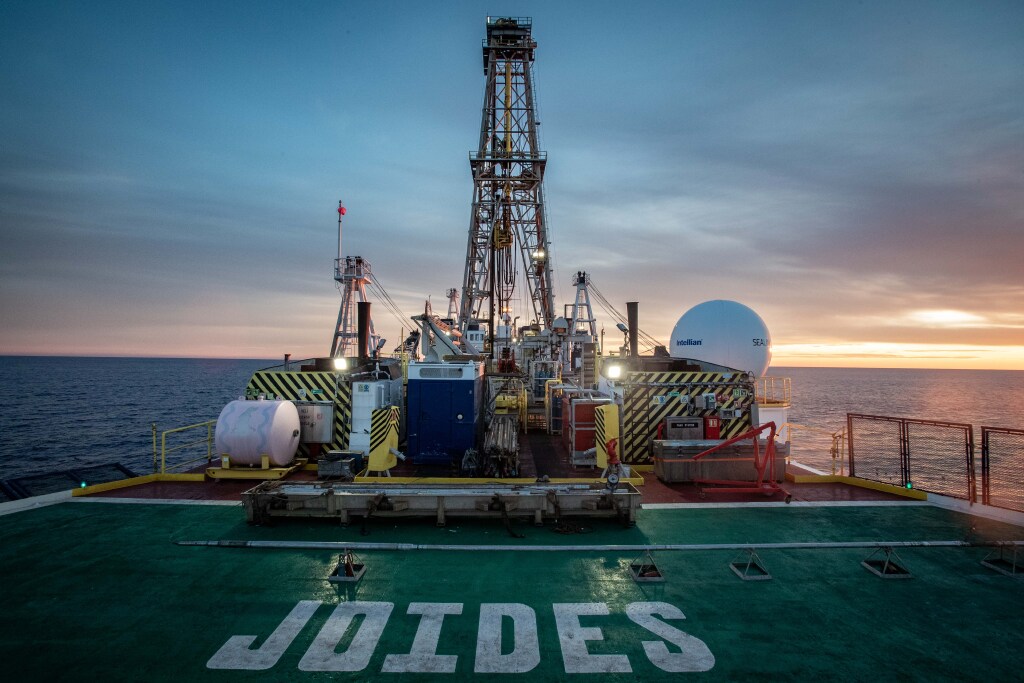
Generations of Ohio State researchers and alums from the Byrd Center, originally the Institute of Polar Studies, have played significant roles in ocean drilling projects. In the mid-1970s, notable professors David Elliot, Peter Webb, and Peter Barrett embarked on pioneering missions aboard the GLOMAR Challenger during DSDP. Professor Lawrence "Larry" Krissek made his mark, sailing on the Challenger in 1982, reinforcing Ohio State's involvement in groundbreaking marine explorations.
In addition to St. John, numerous students of Krissek, along with many of Webb's, have continued the legacy by participating in ODP and subsequent IODPs. More recently, Cristina Millan—a student of Professor Terry Wilson—and researchers like Drs. Ann Cook, Derek Sawyer, and Liz Griffith, as well as several of their students, have also made significant contributions aboard the JR.
This extensive history of engagement showcases the enduring bond between Ohio State's academic community and the pioneering oceanic explorations facilitated by the JR, underscoring the vessel's critical role in advancing our understanding of Earth's geological and environmental processes.
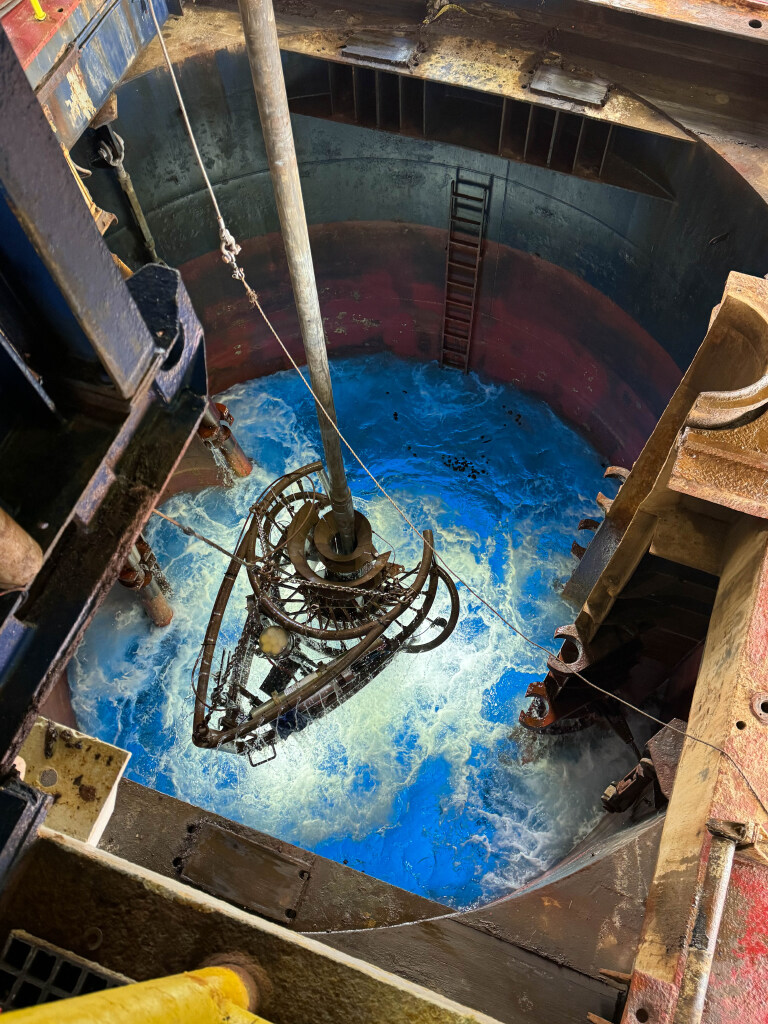
Krissek worked as a clastic sedimentologist specializing in the evolution of climates and ocean environments at high latitudes over the past 65 million years. His research focused on the Late Cenozoic history of ice-rafting in the Northern Hemisphere and the mineralogical and geochemical records of Cenozoic climates in the Ross Sea sector of Antarctica. His research has contributed to our understanding of the spatial and temporal details of changes in high latitude climate, iceberg production and transport, and low- to mid-latitude dust production and atmospheric transport.
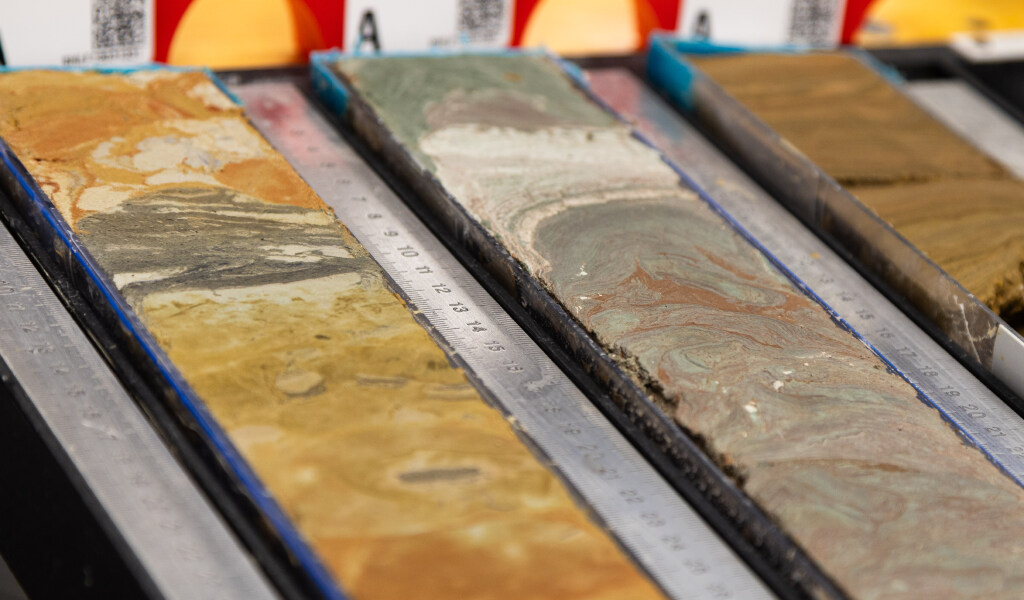
Like his colleagues, Krissek recognized the critical role of ocean drilling in uncovering records of Earth's history, which are inaccessible by land. With his extensive work in paleoceanography and eight expeditions on the ship, his connection to the JR spans decades. Krissek joined the JOIDES Resolution Facility Board in 2019 and began serving as Chair in 2021. He now advises on the sunsetting of JR's illustrious career.
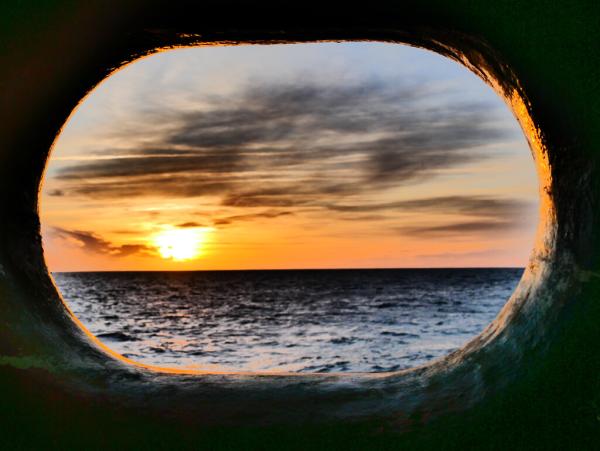
The loss of the JR as a vessel dedicated to scientific ocean drilling marks the end of an era and raises concerns about the future of such drilling. The NSF has yet to outline concrete plans for a successor vessel, and many scientists fear the loss of accumulated expertise and institutional knowledge in the interim. The scientific community hopes that international partnerships and innovative approaches will continue to support ocean drilling research.
Hope for the Future
The Japan Agency for Marine-Earth Science and Technology's drilling ship, Chikyu, and the European Consortium for Ocean Research Drilling's use of commercial platforms offer some possibilities for future drilling. NSF also has announced plans for future US-funded drilling using commercial platforms, and a new Chinese drillship is expected to begin scientific operations in 2026. The nature of future cooperation between these various programs, however, presently is unclear. The need for a dedicated U.S. vessel does remain clear, especially if the US hopes to maintain its leadership role in the international scientific ocean drilling community.
Since less drilling and new core is expected in the next 5-10 years, the science community’s attention has begun to shift toward making better use of existing legacy assets of scientific ocean drilling. These assets include existing cores (over 450 km of core are distributed between core repositories in College Station, Texas, Bremen, Germany, and Kochi, Japan), existing datasets measured on cores, datasets collected within drilled boreholes (known as “downhole logging” data), and data and samples available from equipment placed within boreholes (known as “observatories”). These legacy assets can be investigated with new analytical techniques and “big data” approaches, with the goal of integrating results from multiple drilling expeditions across ocean basins and through geologic time.
As the JR traverses the Arctic waters on its final journey, the legacy of its contributions and the scientists, technicians, and shipboard crews who worked tirelessly aboard it will endure. The insights gained from decades of ocean drilling have profoundly shaped our understanding of Earth's history, fundamental Earth processes, and the deep seafloor biosphere, and will continue to inform climate and geological research for years to come.
Main image: The JOIDES Resolution docked in the port of Reykjavík, Iceland. IODP JRSO (Credit: Libby Ives & IODP JRSO).

